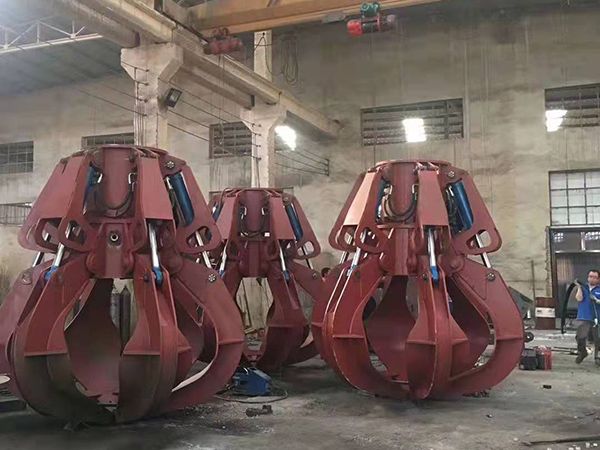
hydraulic grab
Grab bucket refers to a specialized tool used by cranes to grab dry and loose goods. The container space is composed of two or more bucket shaped jaw plates that can be opened and closed together. When loading, the jaw plates are closed in the material pile, and the material is grabbed into the container space. When unloading, the jaw plates are opened in a suspended state on the material pile, and the material is scattered on the material pile. The opening and closing of the jaw plates are generally operated by the steel wire rope of the lifting mechanism of the crane. The grab bucket operation does not require heavy physical labor and can achieve high loading and unloading efficiency while ensuring that it is the main dry bulk cargo loading and unloading tool in ports. According to the type of homework cargo, it can be divided into ore grab, coal grab, grain grab, wood grab, etc.
CLASSIFICATION
According to the driving method, it can be divided into two categories: hydraulic grab and mechanical grab.
1、 Hydraulic grab bucket
The hydraulic grab itself is equipped with an opening and closing structure, usually driven by hydraulic cylinders. The hydraulic grab composed of multiple jaw plates is also called a hydraulic claw. Hydraulic grab buckets are widely used in hydraulic specialized equipment, such as hydraulic excavators, hydraulic lifting towers, etc.
Hydraulic grab belongs to the category of hydraulic structural components, consisting of hydraulic cylinders, buckets (jaw plates), connecting columns, bucket ear plates, bucket ear sleeves, bucket teeth, tooth seats and other spare parts. Therefore, welding is a key manufacturing process for hydraulic grab, and the welding quality directly affects the structural strength and service life of the hydraulic grab. In addition, hydraulic cylinders are also key driving components.
Hydraulic grab bucket is a specialized industry equipment accessory that requires specialized equipment to carry out operations and improve quality, such as CNC plasma cutting machines, bevel milling machines, plate rolling machines, welding positioners, boring machines, hydraulic test benches, etc.
2、 Mechanical grab bucket
Mechanical grab buckets are not equipped with opening and closing structures, and are usually driven by external forces such as ropes or connecting rods. According to their operating characteristics, they can be divided into double rope grab buckets and single rope grab buckets, with the commonly used being double rope grab buckets.
Double rope grab bucket
There are support ropes and opening and closing ropes, which are respectively wound around the drums of the support mechanism and the opening and closing mechanism. Figure 1 shows the working process of the double rope grab bucket: a represents the simultaneous descent of the support rope and the opening and closing rope, and the opening of the bucket is inserted into the material pile. B tightens the opening and closing rope, closes the jaw plate, and grabs materials. After the grab bucket is closed, both the support rope and the opening and closing rope rise simultaneously. To support the rope not moving, the opening and closing rope descends, the bucket mouth opens and unloads the material. The double rope grab bucket is reliable, easy to operate, has high productivity, and is widely used. After using two sets of double ropes, it becomes a four rope grab, and the working process is the same as that of a double rope grab.
Single rope grab bucket
The support rope and the opening and closing rope use the same steel wire rope. By using a special locking device, the steel wire rope takes turns to support and open/close. The winding mechanism of a single rope grab bucket is relatively simple, but its productivity is low, and it is rarely used in large-scale loading and unloading operations.
| Previous:Wood grab bucket | Next:Qualification and Honor |

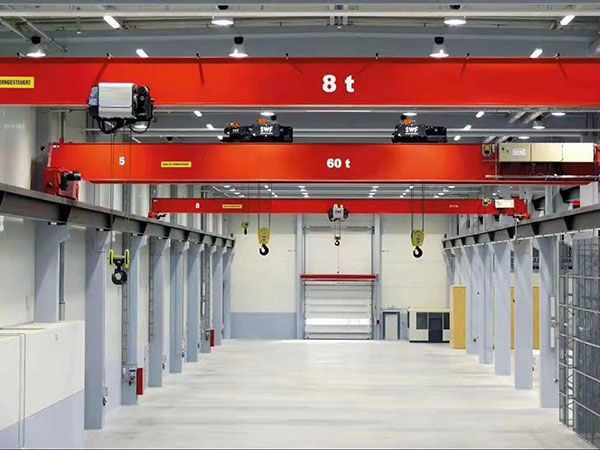
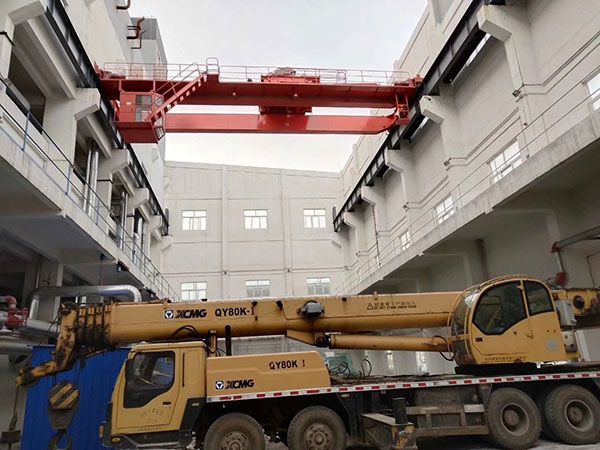


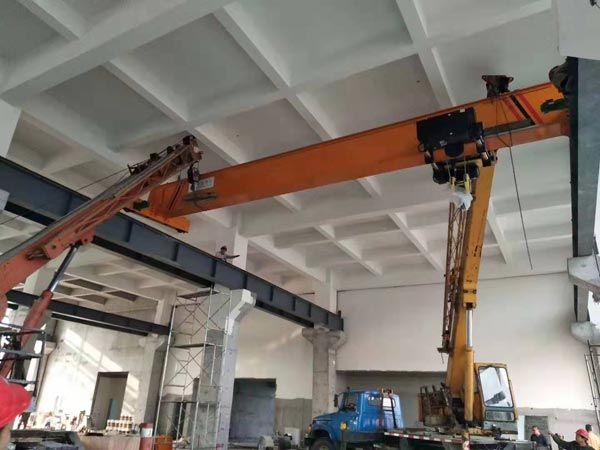
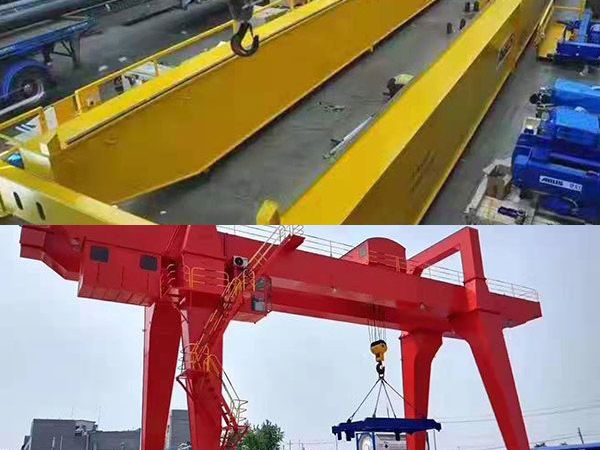
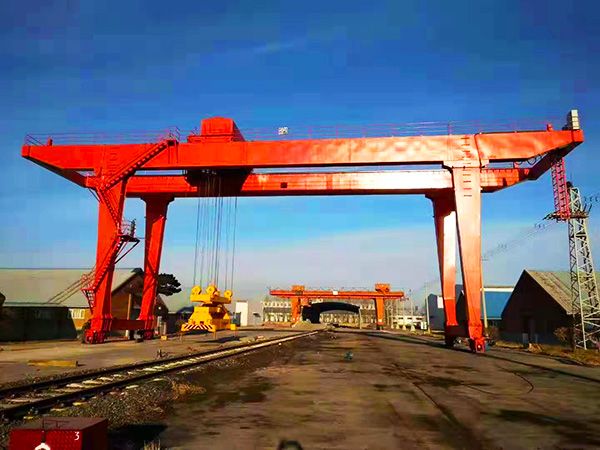
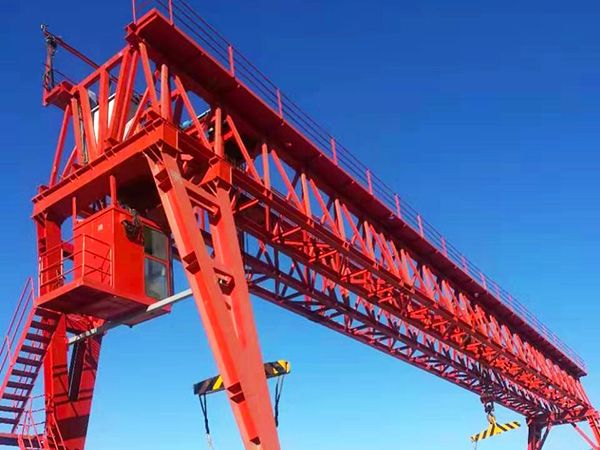
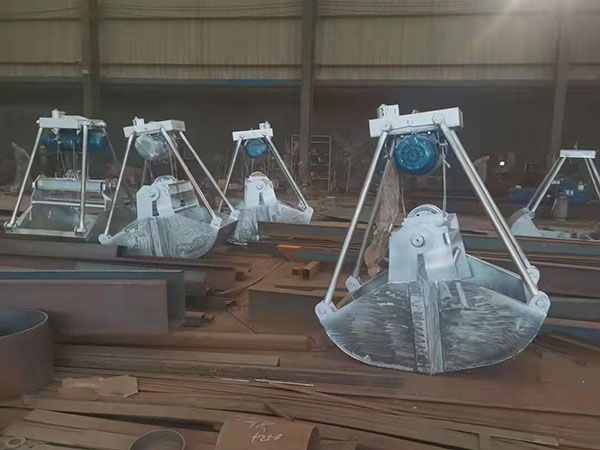








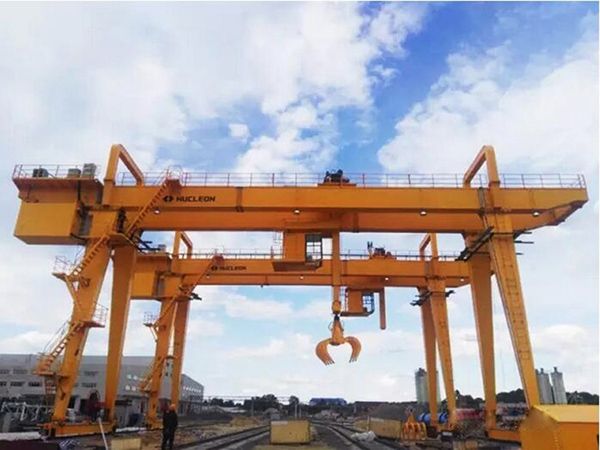

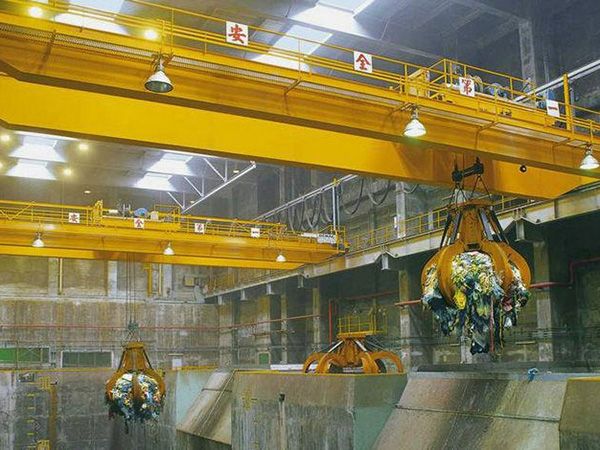





 Home
Home
 Tel
Tel
 Product
Product